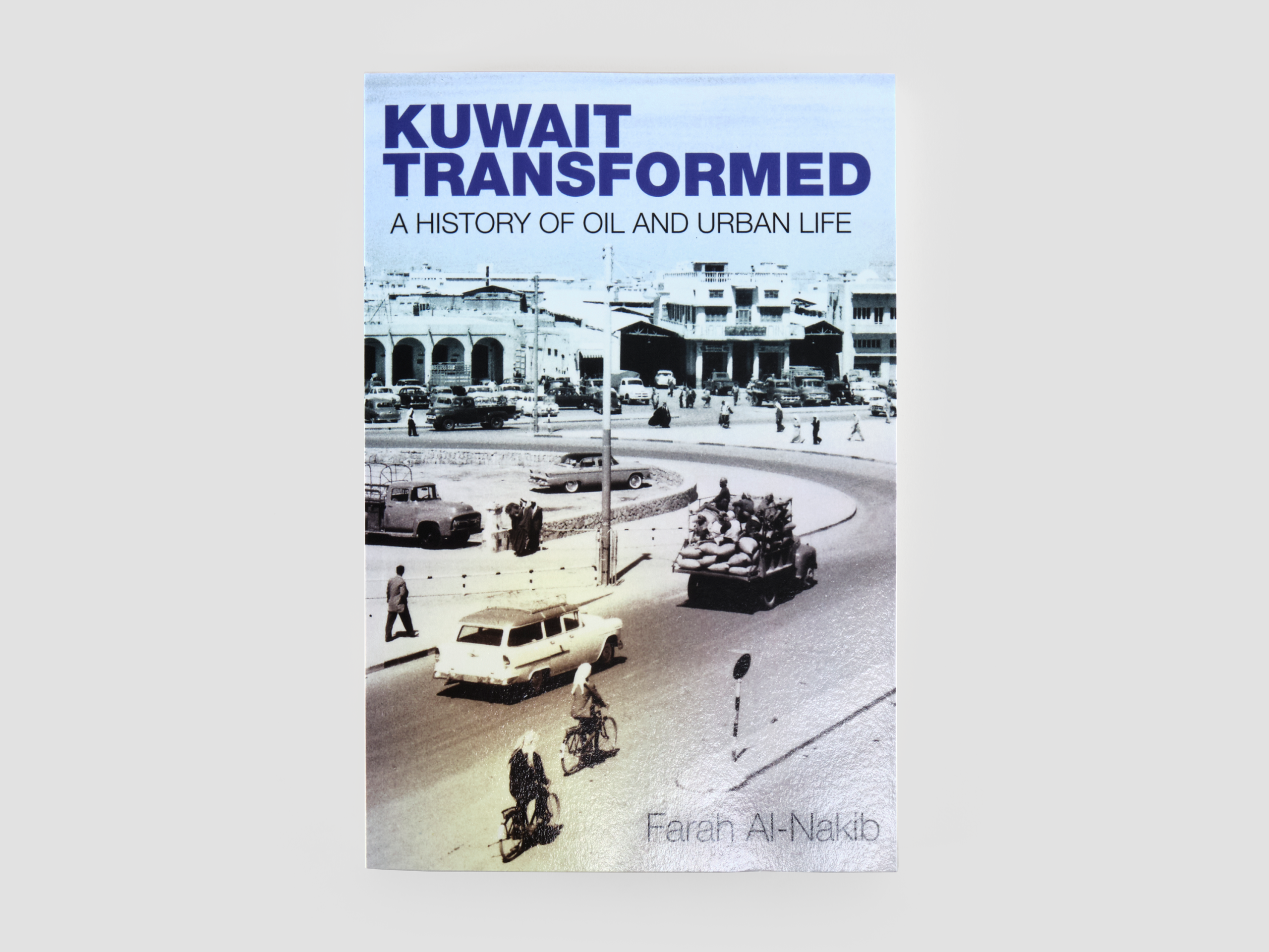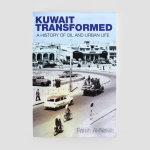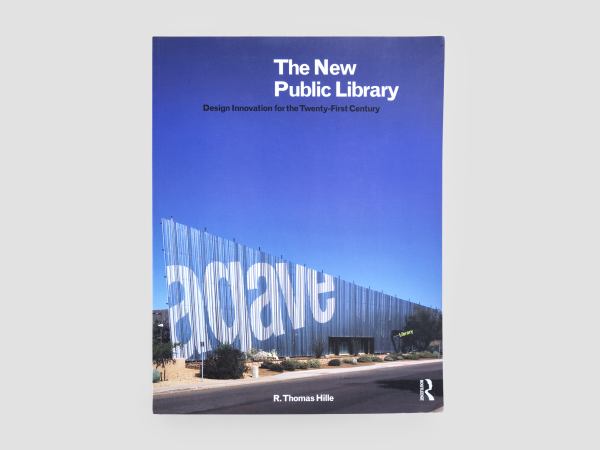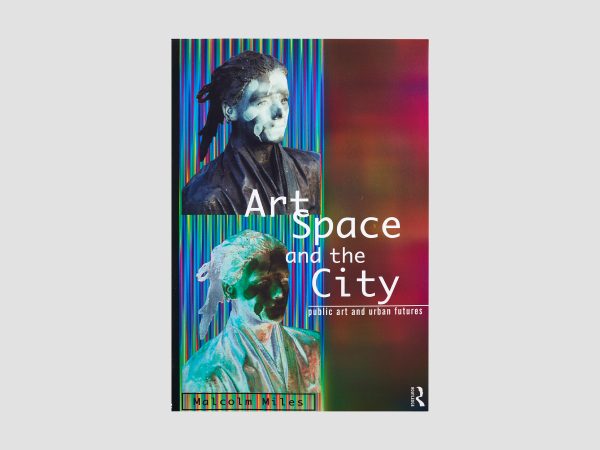As the first Gulf city to experience oil urbanisation, Kuwait City’s transformation in the mid-twentieth century inaugurated a now-familiar regional narrative: a small traditional town of mudbrick courtyard houses and plentiful foot traffic transformed into a modern city with marble-fronted buildings, vast suburbs and wide highways.
Al-Nakib traces the relationships between the urban landscape, patterns and practices of everyday life, social behaviours and relations in Kuwait. The book makes a call for a restoration of the city that modern planning eliminated. But this is not simply a case of nostalgia for a lost landscape, lifestyle or community. It is a claim for a “”right to the city””—the right of all inhabitants to shape and use the spaces of their city to meet their own needs and desires.
About the Author
Farah Al-Nakib is Assistant Professor of History and Director of the Center for Gulf Studies at the American University of Kuwait.
About the Publisher
Founded in 1892, Stanford University Press (SUP) publishes 130 books a year across the humanities, social sciences, law and business, informing scholarly debate, generating global and cross-cultural discussion and bringing timely, peer-reviewed scholarship to the wider reading public. Numerous recent accolades include the Hayek Book Award and an NAACP Image Award nomination, while its authors and their books frequently appear in impactful media outlets and leading academic journals. At the leading edge of both print and digital dissemination of innovative research, with more than 3,000 books currently in print, SUP is a publisher of ideas that matter and books that endure.





